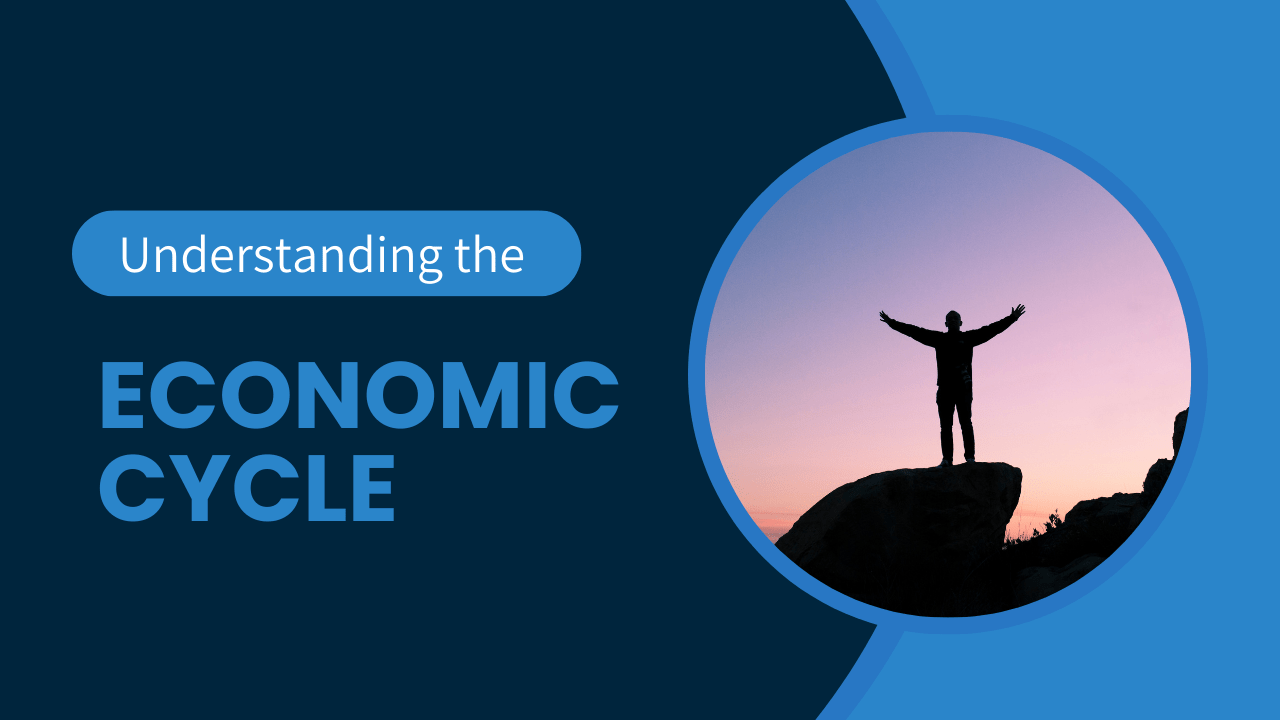Understanding Phases of Economy / Business Cycles followed

Expansion/ Recovery
During expansion, the economy experiences relatively rapid growth, interest rates tend to be low, and production increases. The economic indicators associated with growth, such as employment and wages, corporate profits and output, aggregate demand, and the supply of goods and services, tend to show sustained uptrends through the expansionary stage. The flow of money through the economy remains healthy and the cost of money is cheap. However, the increase in the money supply may spur inflation during the economic growth phase.
Peak/ Growth
The peak of a cycle is when growth hits its maximum rate. Prices and economic indicators may stabilize for a short period before reversing to the downside. Peak growth typically creates some imbalances in the economy that need to be corrected. As a result, businesses may start to reevaluate their budgets and spending when they believe that the economic cycle has reached its peak.
Contraction/ Recession
A correction occurs when growth slows, employment falls, and prices stagnate. As demand decreases, businesses may not immediately adjust production levels, leading to oversaturated markets with surplus supply and a downward movement in prices. If the contraction continues, the recessionary environment may spiral into a depression.
Trough / Slump
The trough of the cycle is reached when the economy hits a low point, with supply and demand hitting bottom before recovery. The low point in the cycle represents a painful moment for the economy, with a widespread negative impact from stagnating spending and income. The low point provides an opportunity for individuals and businesses to reconfigure their finances in anticipation of a recovery.
Different phases have different sectors or stocks that can give performance . Your portfolio can be aligned and understood with the same investment styles.( https://wealthinn.in/investing-strategy-value-vs-growth/ )





